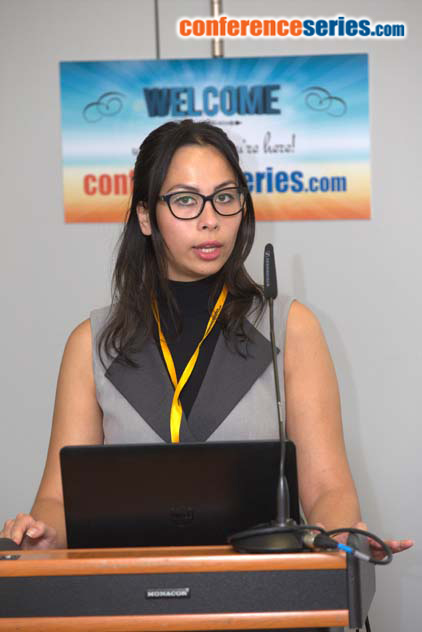
Irina Stamo
IKEM, Germany
Title: Nature of interconnectors and the role of the Norwegian storage capacity
Biography
Biography: Irina Stamo
Abstract
The installed capacity of hydropower contributed 16% of a worldwide electricity supply. This makes a renewable and highly flexible source hydropower with its capabilities and unique role in the nature very important for modern electricity systems, not only due to production issues, but also because of coordinating the operation of hydropower plants with other types of generating units. Doing so, hydropower is able to stabilise fluctuations between demand and supply, to alleviate challenges dealing with the volatile character of renewable energy sources. This is where Norway comes into play as the sixth largest hydropower producer in the world and the largest in Europe, having large pumped storage capacity. The need for compensation of the difference between production and consumption of increased levels by wind and solar power generation in Europe shows the feasibility of the bigger design power output of the Norwegian hydroelectric power plants. Their capacity is directly dependent on how much power can be provided in scarce periods and how much power can be absorbed in case of overproduction. Here comes an idea of energy exchange. Interconnectors will be built today not only as a back-up option for failures and shortages, but increasingly with a purpose of connection of different energy markets. Interconnectors bring a sustainability aspect along: By trading decarbonised hydro and wind power, cables integrate renewable energy into European electricity grid. Idea of such transnational cables is based upon a possibility and a wish of exchanging the electricity with national systems being in “power surplus”, additionally adding value to the security of energy supply. Driven by a concept of internal electricity market in Europe, cross-border interconnections aim to foster competition, promote trade and provide incentives for development of new market models which may improve overall welfare.


